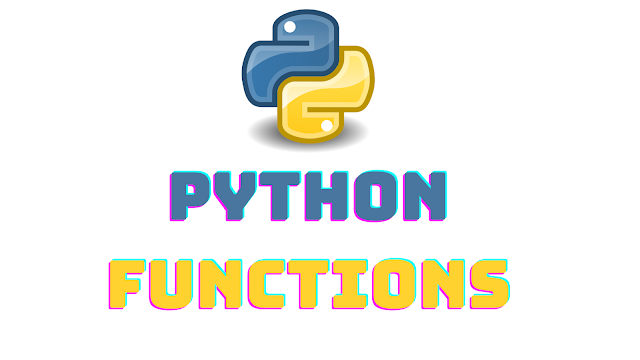Introduction: -
Python, a versatile and widely used programming language, boats a plethora of features that make it a favorite among developers. In this article, we will delve into some essential function that enhance python's functionality: generators, lambda functions, map, reduce, and filter. we will explore each concept in detail and provide illustrative examples to solidify your understanding.
1. Generator: Efficient Laze Evaluation
Generators are a fascinating feature in python that allow you to create iterators with ease. Unlike lists or tuples, which store all values in memory, generator produces the value on the fly, conserving memory and enhancing efficiency. A generator function is defined using the "yield" keyword.
Let's consider an example of a generator that yields a sequence of even numbers:
 |
| Generator Function |
2. Lambda Functions: Concise and Anonymous
Lambda functions, also known as anonymous function, are small and powerful tools for creating quick, disposable function. They are defined using the "lambda" keyword, followed by the function's argument and expression. Lambda functions are particularly useful when passing a simple function as an argument to another function, like "map", "filter", "sorted".
Let's Examine a simple example:
 |
| Lambda Function |
3. Map: Applying a Function to an Iterable
The "map()" function applies a given function to all items in an iterable and return a new iterable with the results. This is a great way to perform the same operations on every element of a list without using explicit loops.
Here's an example demonstrating the usage of "map()":
 |
| Map Function |
4. Reduce: Accumulating Values
The "reduce()" function, which was moved to the "functools" module in python 3, takes a binary function and an iterable and successively applies the function to the elements, reducing the iterable to a single value. This is useful for cumulative operations.
An example clarifies its application:
 |
| Reduce Function |
5. Filter: Selective Filtering of Elements
The "filter" function constructs a new iterably by selecting items from the input iterable that satisfy a given condition. It takes a function and an iterable as arguments and returns only the items for which the function returns "True".
Here's an example to illustrate its usage:
 |
| Filter Function |
Conclusion:
Python's functions like generators, lambda, map, reduce and filter provide a range of tools for developers to work with data in a concise and efficient manner. Generators help manage memory and improve performance, while lambda functions offer concise syntax for small tasks. Map, Reduce, and Filter function enable developers to manipulate and process data seamlessly. By mastering these functions, you can unlock the full potential of Python for various programming tasks.
